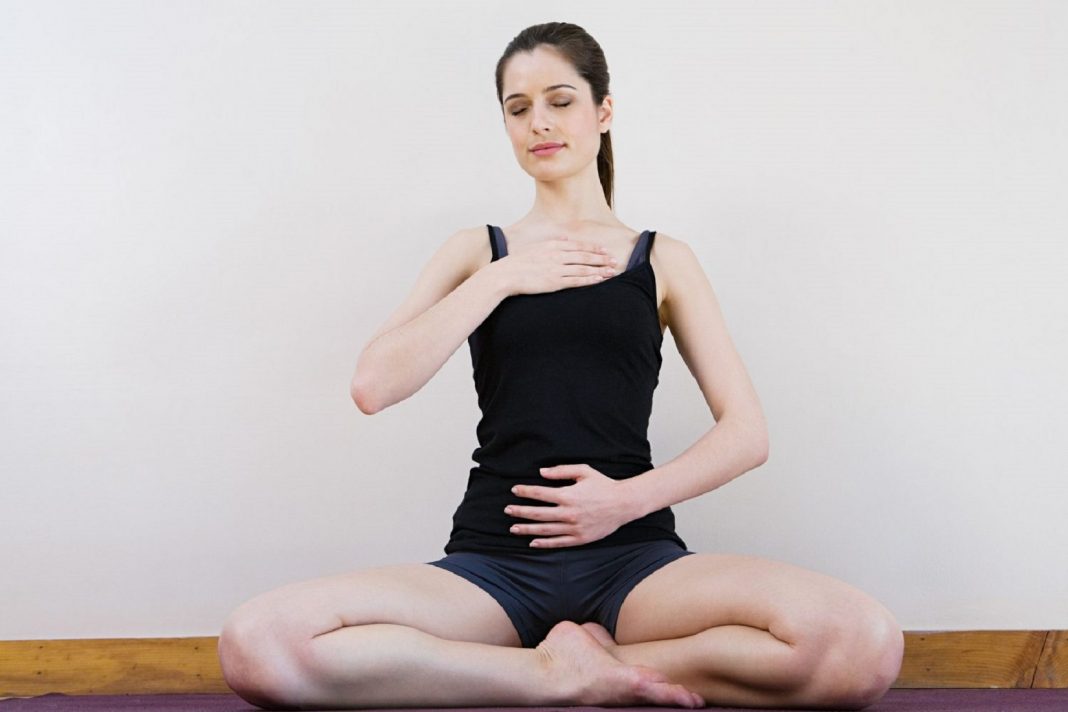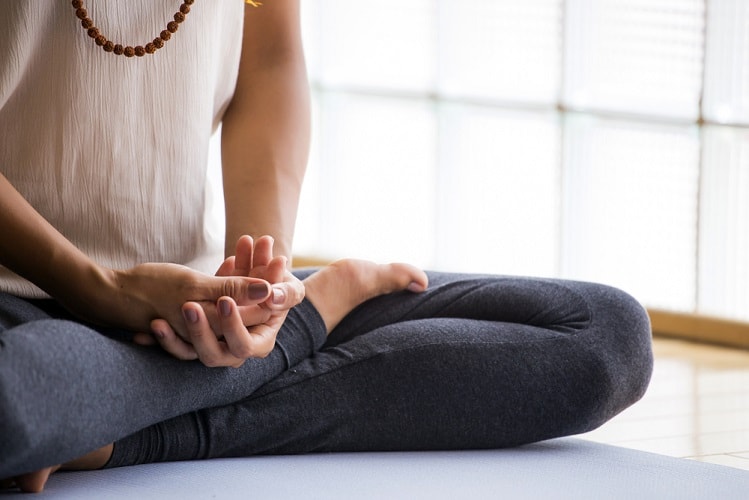When we look in the mirror, we don’t necessarily see the reality of our own bodies. Body image is highly subjective, as is body satisfaction, or how we feel about our own bodies. A person with high body satisfaction approves of and cares for their body despite its real or perceived imperfections, where someone with lower body satisfaction is more likely to modify their behavior due to negative feelings about their body. They might avoid social situations, obsess over flaws, over-exercise or adopt a restrictive diet, and feel shame or guilt over the way they look.
So how can someone go about improving body satisfaction? Dianne Neumark-Sztainer, Ph.D., MPH, Professor and Division Head, Epidemiology and Community Health at the University of Minnesota, has found a strong correlation between yoga and body satisfaction, discovering that those with a regular yoga practice experienced higher body satisfaction than those without.
Yoga and Body Satisfaction
In Neumark-Sztainer’s study, 46 young adults who practiced yoga at least 30 minutes per week were interviewed about body image. These young adults are a subset of a larger 15-year health and well-being study by Neumark-Sztainer called Project EAT. 83% of those interviewed expressed that yoga has a positive impact on their body image, and were also found to have higher levels of body satisfaction than the other people in the study.
These results reinforce previous research findings. As a Ph.D. candidate at Washington State University, Sara Clancy conducted a study of 32 college students with little or no yoga experience for her dissertation. In the study, half of the group participated in a 10-week yoga program while the other half did no yoga at all. After the 10 weeks, the yoga group reported higher body satisfaction than at the beginning while the non-yoga group did not. Clancy also found that the yoga group emerged reporting greater acceptance, awareness, spirituality, mind-body connection, body compassion, and mindfulness of the self, physical, and functional body.
An Australian study of 8,009 women between the ages of 34 and 39 of various BMIs had similar findings. Of the 65% of women in the “normal” weight range, those with a regular yoga or meditation practice were more likely to report that they were satisfied with their body weight and shape than those without a yoga practice. The women who practiced yoga and meditation were also more likely to exercise and follow a low glycemic diet or diet books rather than using smoking or fasting, as was more common among women with obesity.
The correlation between yoga and body satisfaction also appears across genders, as proven by Mary Flaherty’s 2014 research study. Using figure drawings of males, the study explored the topic of body image with 82 physically active men around 40 years of age. The 48 men who practiced yoga were found to have significantly higher body satisfaction than the other men, even when those men participated in other types of fitness training.
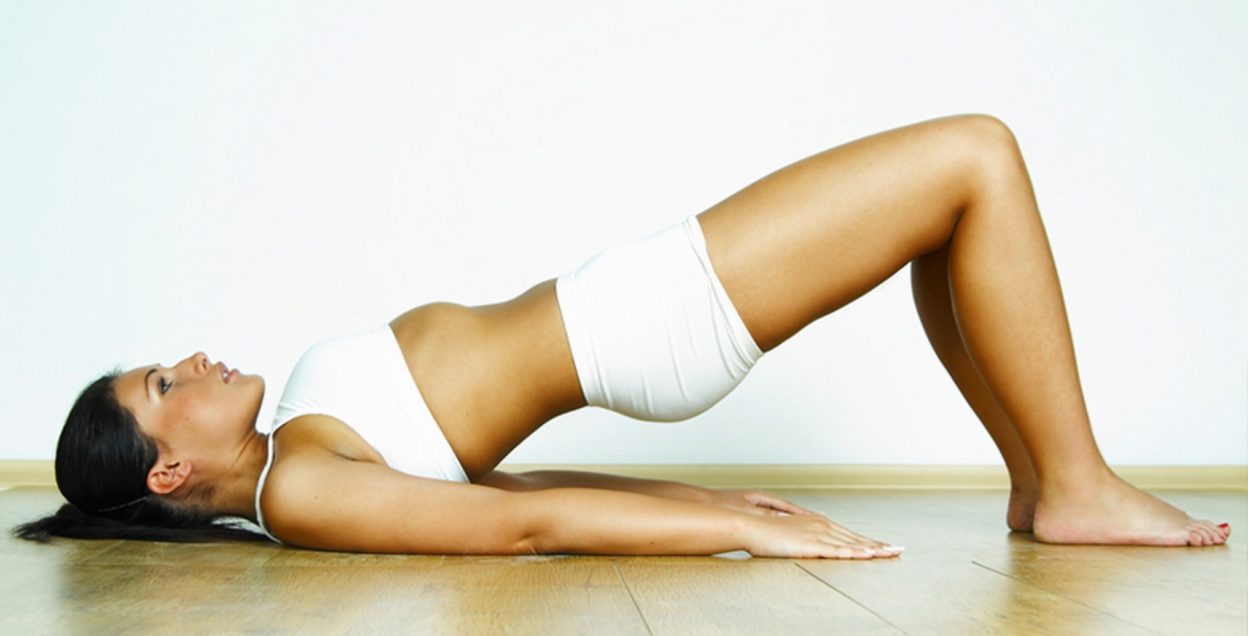
Can Yoga Also Harm Our Body Satisfaction?
While all of this research and anecdotal evidence does point to being able to increase our body satisfaction by practicing yoga, there is a catch. In Neumark-Sztainer’s study, 28% of the yogis found the influence of yoga could also be negative, mostly due to the comparison of physical appearance and performance with other students in class.
Neumark-Sztainer suggests some tweaks teachers and studios can make to reduce that comparison. She recommends teachers speak of the body only in terms of gratitude and to discuss the health benefits of the practice rather than the idea of toning or looking good. It is also important for studios to make it clear that all bodies are welcome in all classes. To do this, studios can examine their marketing, social media, and website, making sure there is fair representation of bodies of all types. If the studio has mirrors, teachers can encourage students to use them only for alignment purposes.
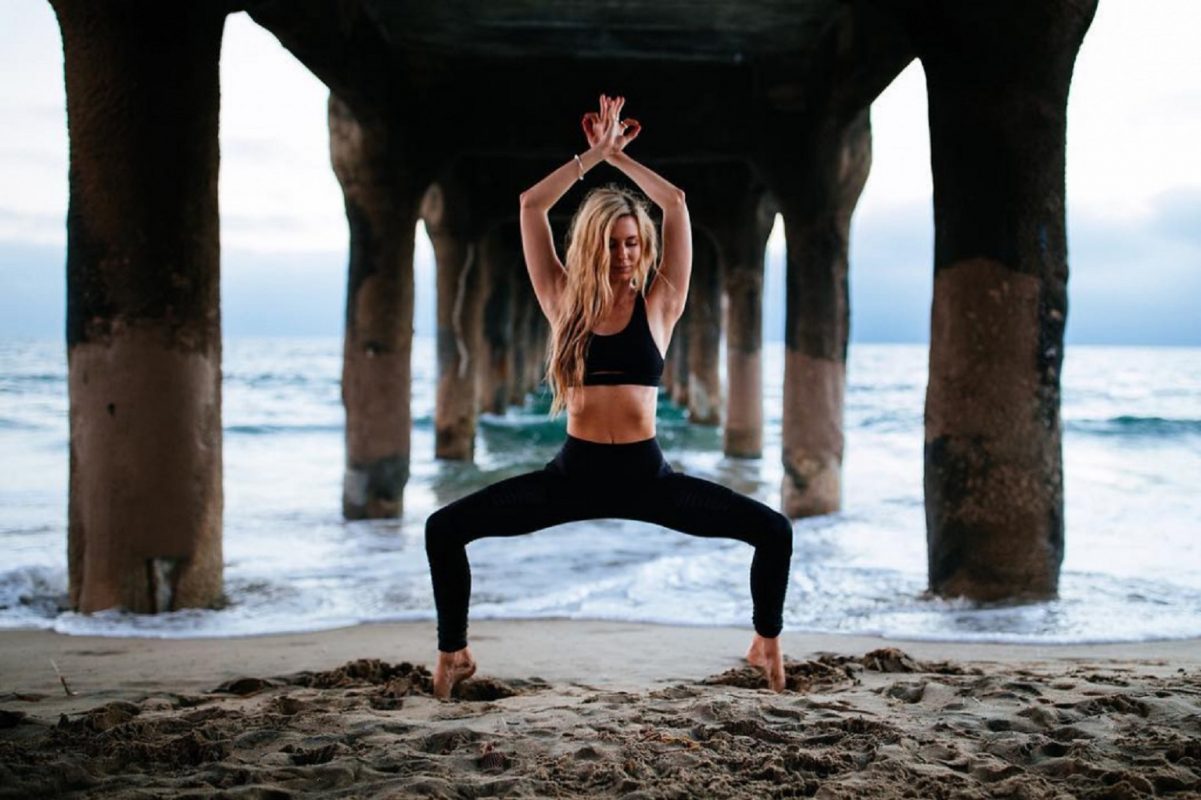
How to Create an Individual Practice that Fosters Better Body Image
But what if you practice at home? How can you ensure your individual practice feels nurturing and non-judgemental as well? The first step is to find a space that feels safe and free from judgment, allowing the focus to be on how the body feels, not how it looks. To you, “safe” might mean a space where you can be alone, a space without mirrors, or even just wearing clothing that feels comfortable and allows any thoughts about your body to melt away. Try the following methods as well:
- Allow for practice. Recognize that yoga is a practice. It is not about being perfect or getting anywhere. Allow yourself to let go of perfection and sink into the process.
- Strengthen the core. This is not about rock hard abs—the core, or manipura chakra, is all about our sense of self and self-love. When we improve the strength of the core we improve how we feel about ourselves.
- Move in a way that suits you. This may mean modifying certain poses to work for your body alignment, or it may be finding a style of practice that feels good to you. Either way, it’s important to honor yourself and follow what works for you.
- Use conscious breathing. Being focused on the breathing brings us into the present moment and gives us a break from the whirlwind of thoughts and images that bombard us. If we add a mantra or intention to the breath, its power is further amplified. For example, you might inhale compassion and exhale judgment. Feel free to replace compassion and judgment with any other combination of ideas that will remind you to love yourself.
- Recognize negative thoughts. During savasana I often ask students to watch their thoughts with detached curiosity and to notice any repetitive patterns. When we become aware of our negative thoughts, we can start to actively, gently change them; with practice we can literally rewire the brain.
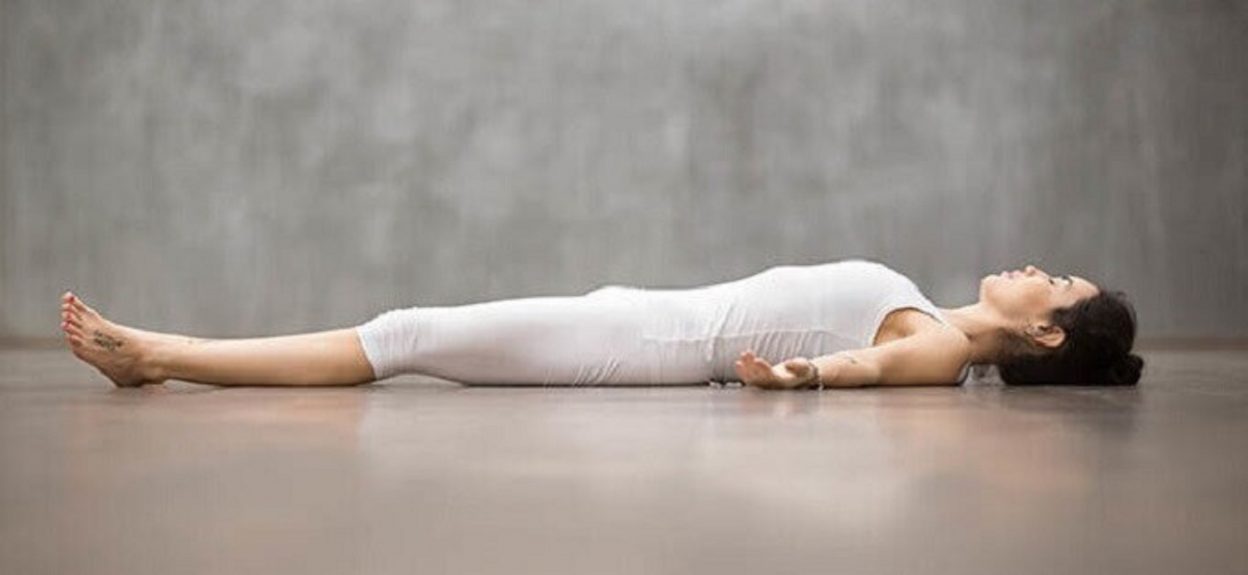
When you really think about the meaning and ultimate purpose of yoga—lifting the veil of delusion to uncover what is real and true—it makes perfect sense that the practice can improve body satisfaction. All you need is a safe environment and a teacher that reinforces that yoga is about the way we feel, not the way we look. The practice itself will do the rest.
Originally Published: yogabasics.com















